Selection of Development Mode of Police Unmanned Aerial Vehicle from the Perspective of Intelligent Policing
DOI: 10.23977/jaip.2023.060603 | Downloads: 37 | Views: 1666
Author(s)
Zhaoming Song 1, Jing Ye 2
Affiliation(s)
1 Sichuan Police College, Luzhou, Sichuan, 646000, China
2 Sichuan Vocational College of Chemical Technology, Luzhou, Sichuan, 646000, China
Corresponding Author
Jing YeABSTRACT
Choosing the right development mode of police unmanned aerial vehicle can better promote the development of intelligent policing. Based on SWOT-AHP model, this study concludes the internal advantages > external opportunities > external threats > internal disadvantages of the development of police unmanned aerial vehicles. Through the analysis of the four-quadrant coordinate method, it is determined that the police unmanned aerial vehicles in China are in the development stage of seizing opportunities, and the local public security organs should actively seize the opportunities of national policy assistance to achieve good and rapid development.
KEYWORDS
SWOT-AHP Analysis; Police Unmanned Aerial Vehicle (UAV); Strategic Development; Intelligent PolicingCITE THIS PAPER
Zhaoming Song, Jing Ye, Selection of Development Mode of Police Unmanned Aerial Vehicle from the Perspective of Intelligent Policing. Journal of Artificial Intelligence Practice (2023) Vol. 6: 18-23. DOI: http://dx.doi.org/10.23977/jaip.2023.060603.
REFERENCES
[1] Wu Q. Realistic thinking caused by police unmanned aerial vehicles. Journal of People’s Public Security University of China (Social Sciences Edition), 2015, 21 (02): 29-32.
[2] Ji Y. T. Function Examination and Risk Control of Police unmanned aerial vehicles Application. Journal of Chinese People’s Public Security University (Social Sciences Edition), 2021, 37 (04): 139-149.
[3] Wu L. Q, Zou Q. L. Current situation, problems and countermeasures of law enforcement drones application. Journal of Beijing Police College, 2021 (04): 36-43. DOI: 10.16478/j.cnki.jbjpc. 20210507.002.
[4] Guo Y. Y. Application and discussion of law enforcement drones in investigation work. Journal of Shanxi Police Academy, 2018 (2): 5. DOI: CNKI: SUN: JGSX.0.2018-02-018.
[5] Wu L. Q. Research on information application strategy of police unmanned aerial vehicle based on integrated platform. Journal of Shandong Police College, 2021, 33 (01): 145-153.
[6] Li Y. T. The application of police unmanned aerial vehicles in major public security incidents and the study of the problem: a case study of public security service activities during the prevention and control of Covid-19 epidemic in Tongling. Public Security Education, 2022 (10): 37-41.
[7] Li Q. S, Chen W. Discussion and thinking on the integration of police unmanned aerial vehicle and patrol vehicle integrated platform. China Informatization, 2022 (05): 87-89+76.
[8] Zhou Z C, Ji Y. T. Application of police unmanned aerial vehicle in the three-dimensional social security prevention and control system. Journal of Shanxi Police College, 2022, 30 (02): 48-55.
[9] Li H, Hu G. Research on law enforcement application and legal regulation of police unmanned aerial vehicle. Journal of Liaoning Police College, 2022, 24 (04): 87-92.
[10] Liu Y. Application, issues and regulation of law enforcement drones under normalized epidemic prevention and control. Journal of Guangxi Police College, 2022 (5): 59.
[11] Jiang X. D, Li H. Research on problems and countermeasures in the application of law enforcement drones. Public Security Research, 2022 (04): 50-56.
[12] Ji Y. T, Lin T. Spatiotemporal logic and mechanism of drone police application. Journal of China People's Public Security University (Social Sciences Edition), 2022, 38 (06): 108-118.
| Downloads: | 15759 |
|---|---|
| Visits: | 532683 |
Sponsors, Associates, and Links
-
Power Systems Computation
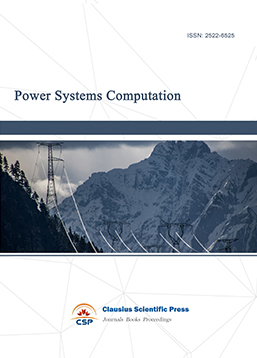
-
Internet of Things (IoT) and Engineering Applications
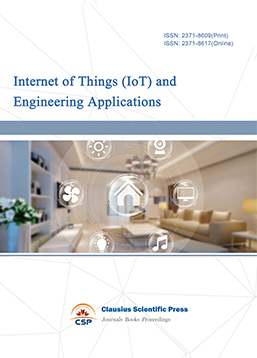
-
Computing, Performance and Communication Systems
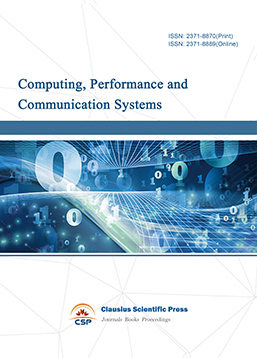
-
Advances in Computer, Signals and Systems
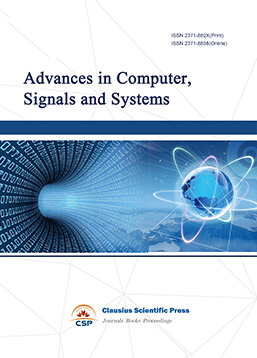
-
Journal of Network Computing and Applications
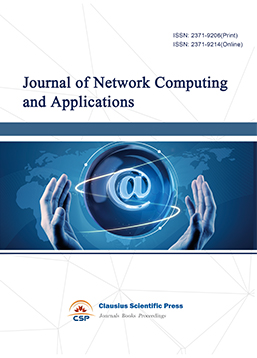
-
Journal of Web Systems and Applications
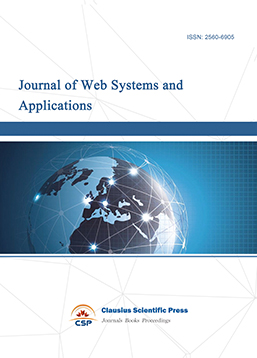
-
Journal of Electrotechnology, Electrical Engineering and Management

-
Journal of Wireless Sensors and Sensor Networks
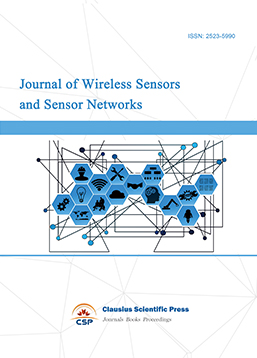
-
Journal of Image Processing Theory and Applications
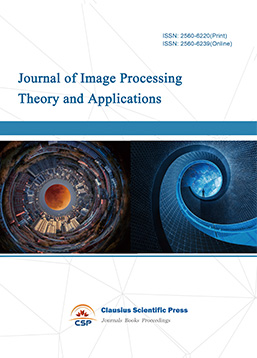
-
Mobile Computing and Networking
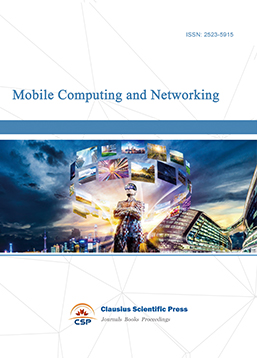
-
Vehicle Power and Propulsion

-
Frontiers in Computer Vision and Pattern Recognition
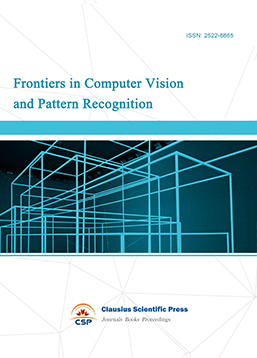
-
Knowledge Discovery and Data Mining Letters
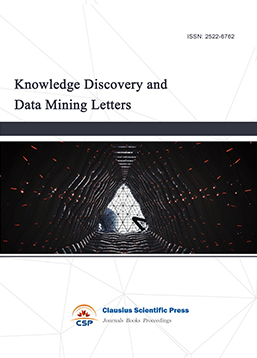
-
Big Data Analysis and Cloud Computing
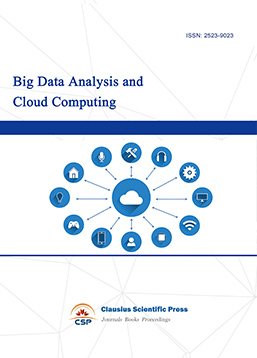
-
Electrical Insulation and Dielectrics
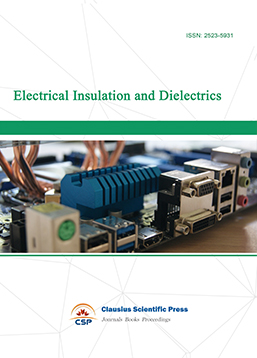
-
Crypto and Information Security
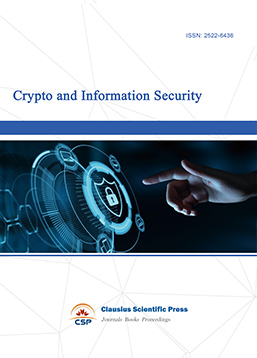
-
Journal of Neural Information Processing
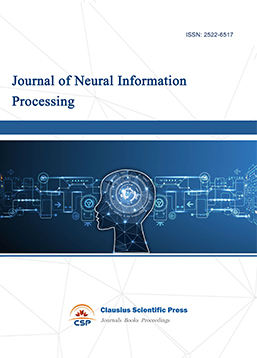
-
Collaborative and Social Computing
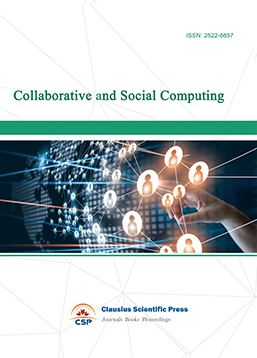
-
International Journal of Network and Communication Technology
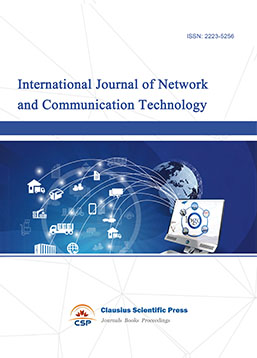
-
File and Storage Technologies
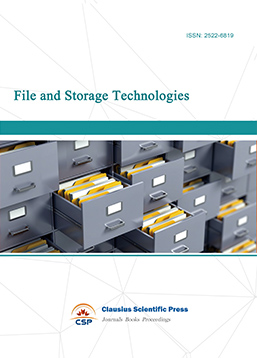
-
Frontiers in Genetic and Evolutionary Computation
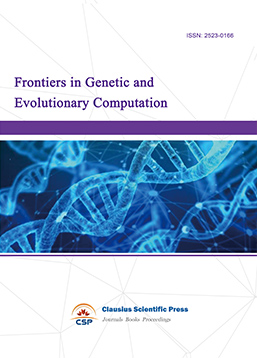
-
Optical Network Design and Modeling
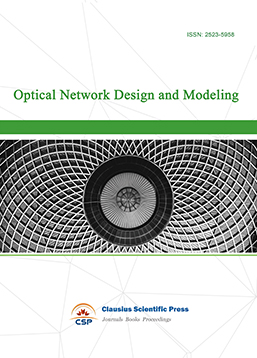
-
Journal of Virtual Reality and Artificial Intelligence
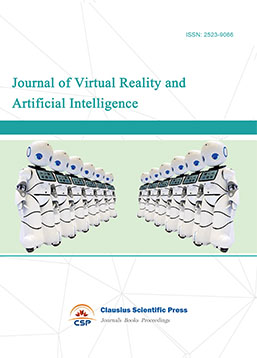
-
Natural Language Processing and Speech Recognition
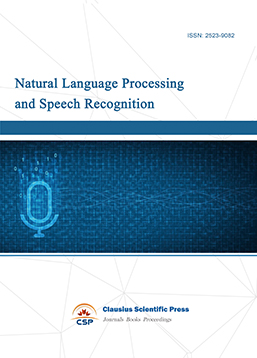
-
Journal of High-Voltage
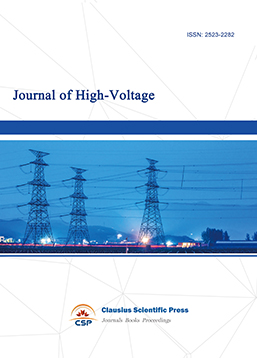
-
Programming Languages and Operating Systems
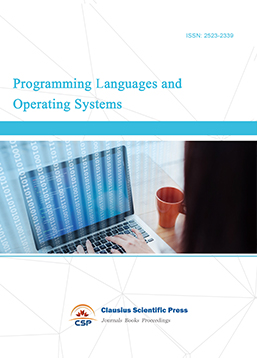
-
Visual Communications and Image Processing
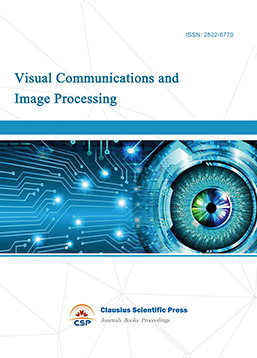
-
Journal of Systems Analysis and Integration
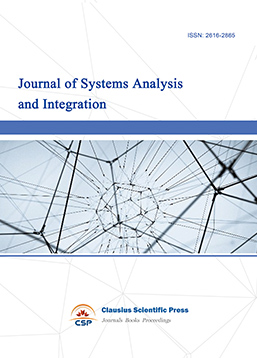
-
Knowledge Representation and Automated Reasoning

-
Review of Information Display Techniques
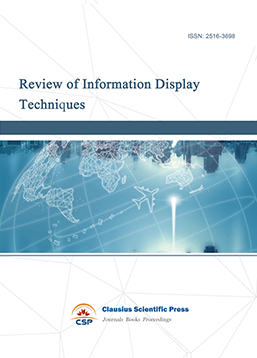
-
Data and Knowledge Engineering
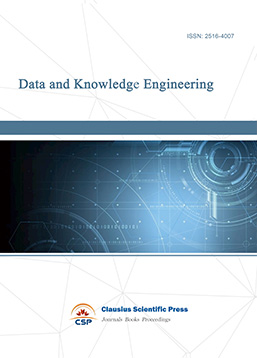
-
Journal of Database Systems

-
Journal of Cluster and Grid Computing
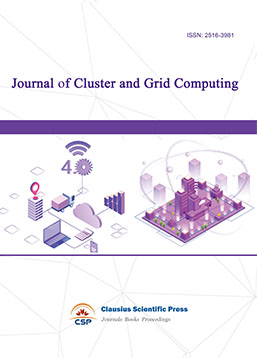
-
Cloud and Service-Oriented Computing
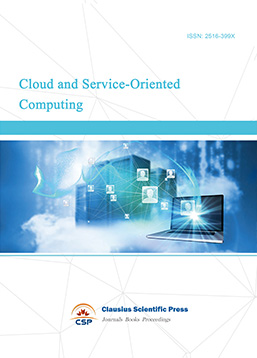
-
Journal of Networking, Architecture and Storage

-
Journal of Software Engineering and Metrics
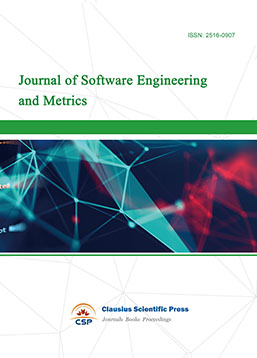
-
Visualization Techniques
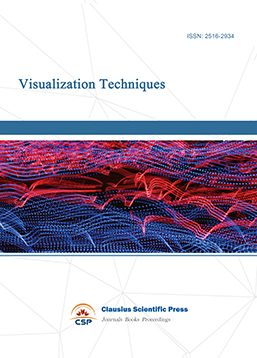
-
Journal of Parallel and Distributed Processing

-
Journal of Modeling, Analysis and Simulation
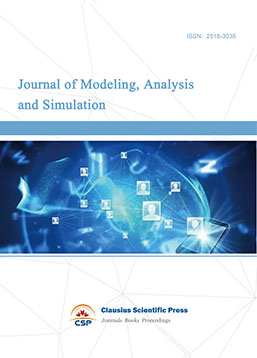
-
Journal of Privacy, Trust and Security
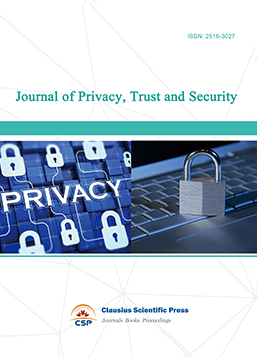
-
Journal of Cognitive Informatics and Cognitive Computing
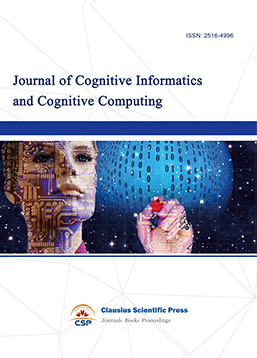
-
Lecture Notes on Wireless Networks and Communications
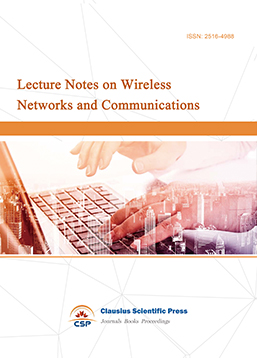
-
International Journal of Computer and Communications Security
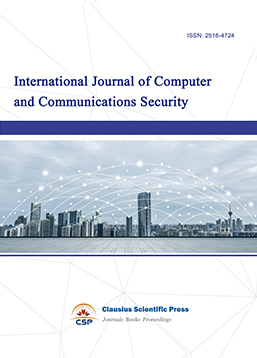
-
Journal of Multimedia Techniques
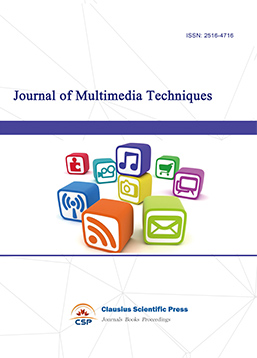
-
Automation and Machine Learning
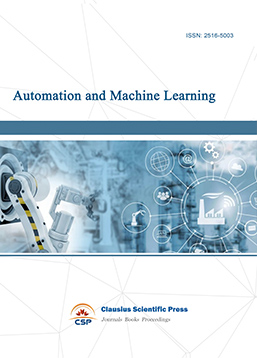
-
Computational Linguistics Letters
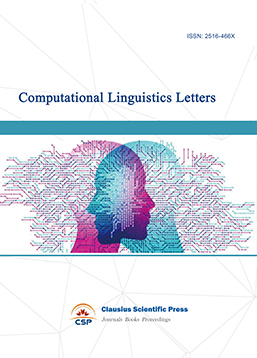
-
Journal of Computer Architecture and Design

-
Journal of Ubiquitous and Future Networks


 Download as PDF
Download as PDF